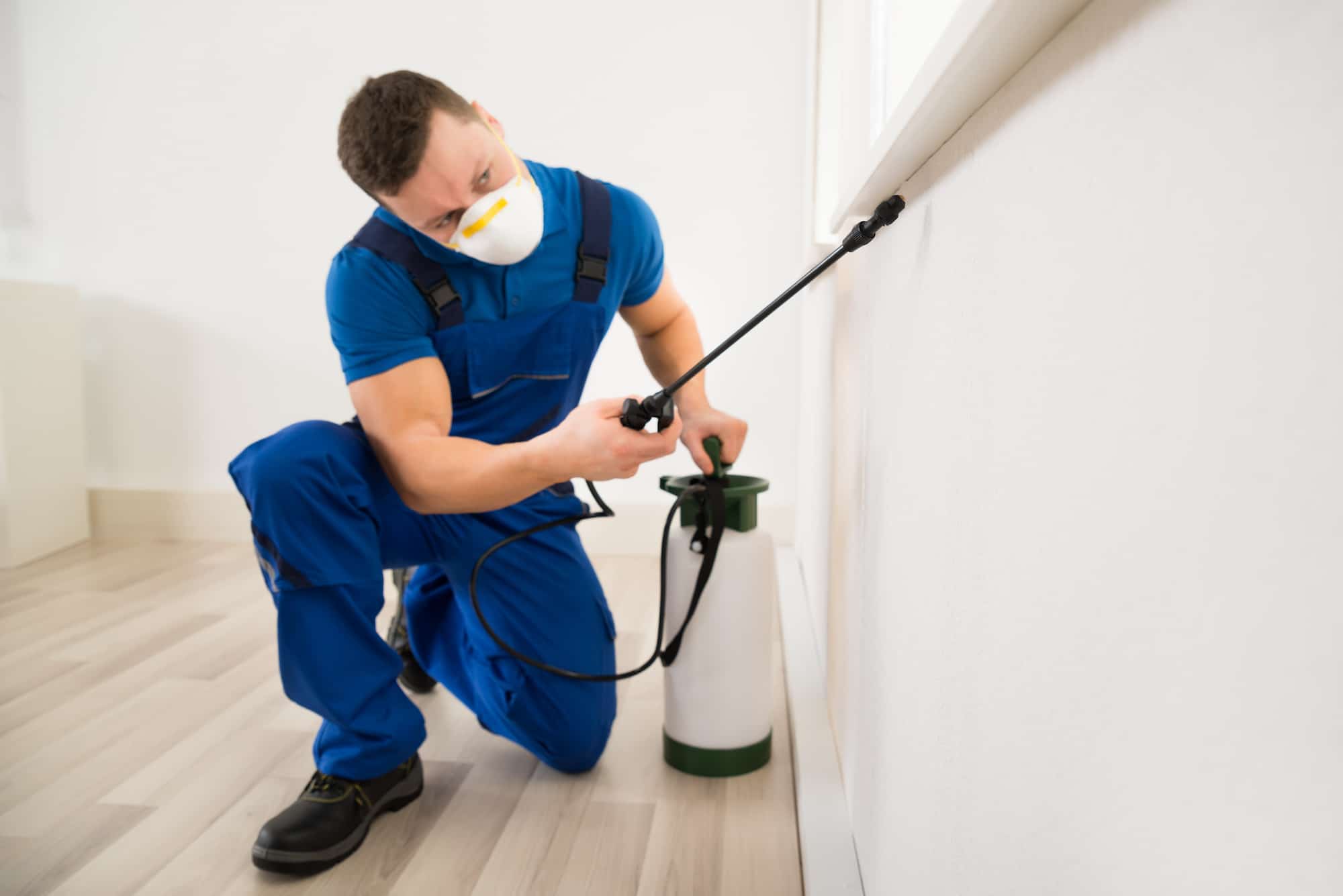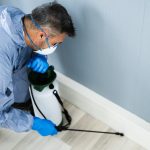Urban parks and gardens provide much-needed green spaces in bustling cities, offering a peaceful escape for residents and visitors alike. However, these beautiful outdoor areas are also prone to various pest infestations, which can pose a threat to both the plants and people who frequent them. Therefore, implementing safe pest control measures is crucial to maintaining the health and beauty of urban parks and gardens.
One of the most significant challenges in urban pest control is finding methods that do not harm the environment or human health. Chemical pesticides have been the go-to solution for decades, but their impact on non-target species and potential risks to humans have raised concerns about their use. Furthermore, these pesticides can linger in the environment long after application, causing further harm.
Thankfully, there are now more environmentally-friendly options available for controlling pests in urban parks and gardens. These techniques involve integrated pest management (IPM), which focuses on preventing infestations through proactive strategies instead of relying solely on pesticide use.
The first step in IPM is identifying potential pest threats by regularly monitoring park areas for signs of infestation. By catching problems early on, park managers can take action before pests cause significant damage. This can be done with https://www.fyple.biz/company/safe-pest-control-pty-ltd-9lvbnfn/ visual inspections or by using sticky traps that capture pests without harming them.
Another essential aspect of IPM is promoting biodiversity within the park or garden. A diverse ecosystem attracts beneficial insects that act as natural predators to harmful pests; reducing their numbers without any intervention needed from humans.
For example, ladybugs feed on aphids while lacewings prey on mites – both common pests found in urban green spaces. Attracting these helpful insects can be achieved by planting native flowers alongside other plant species and providing water sources like fountains or bird baths.
In cases where traditional pesticides may be necessary to manage an infestation effectively, eco-friendly alternatives should be used whenever possible. For instance, some products use natural ingredients like essential oils instead of harmful chemicals. These products are often just as effective and pose less risk to the environment and human health.
Even with the best prevention methods in place, some pests may still require targeted control measures. In these situations, park managers must ensure that any pesticide application is done safely and correctly. This includes following label instructions, using proper protective gear, and communicating with park-goers beforehand to avoid any potential harm or disruption.
Overall, implementing safe pest control measures in urban parks and gardens requires a proactive approach that combines various techniques for the best results. By promoting biodiversity, regularly monitoring for infestations, using eco-friendly alternatives when possible, and applying traditional pesticides safely as a last resort – park managers can maintain healthy green spaces while also protecting the environment and public health.





